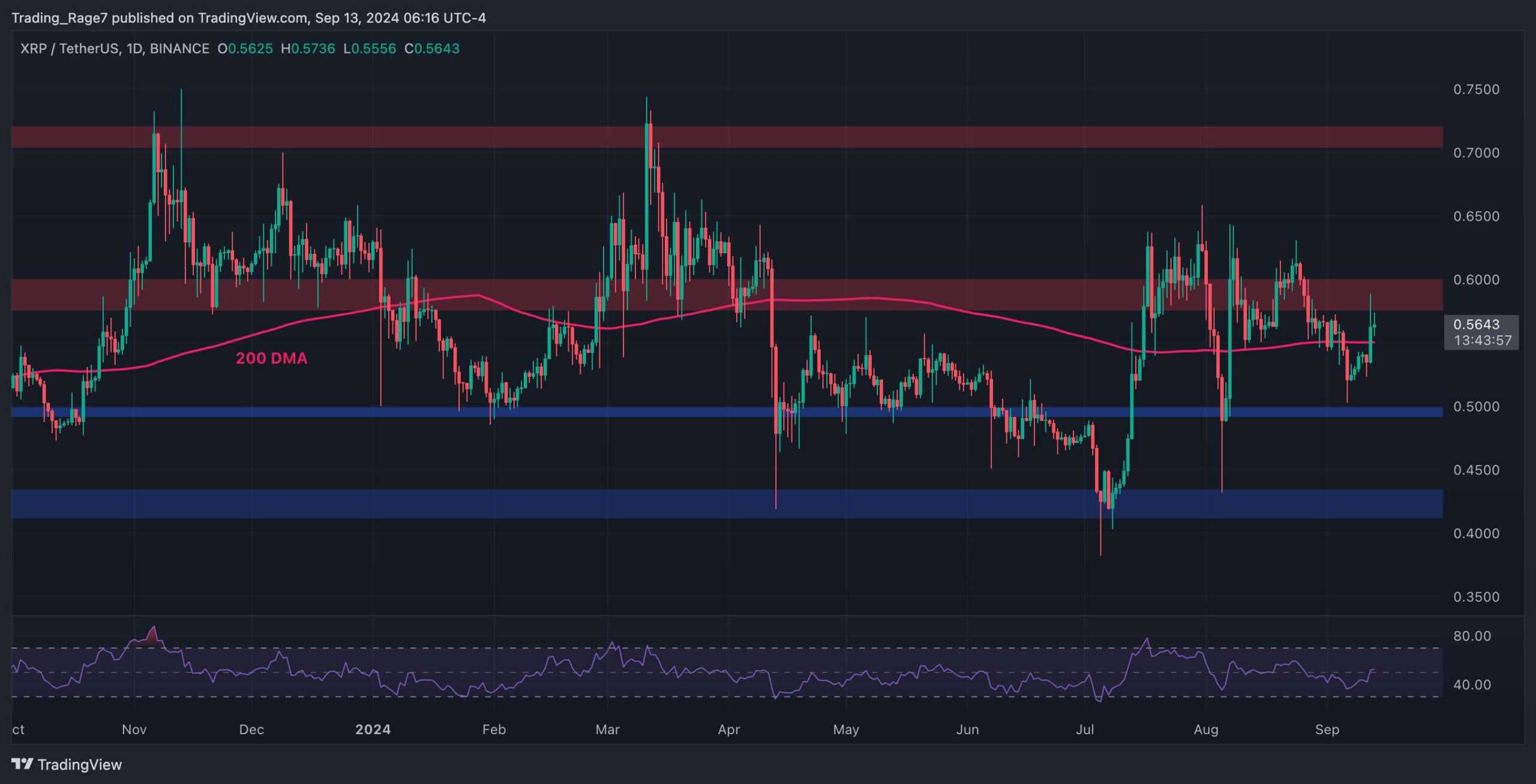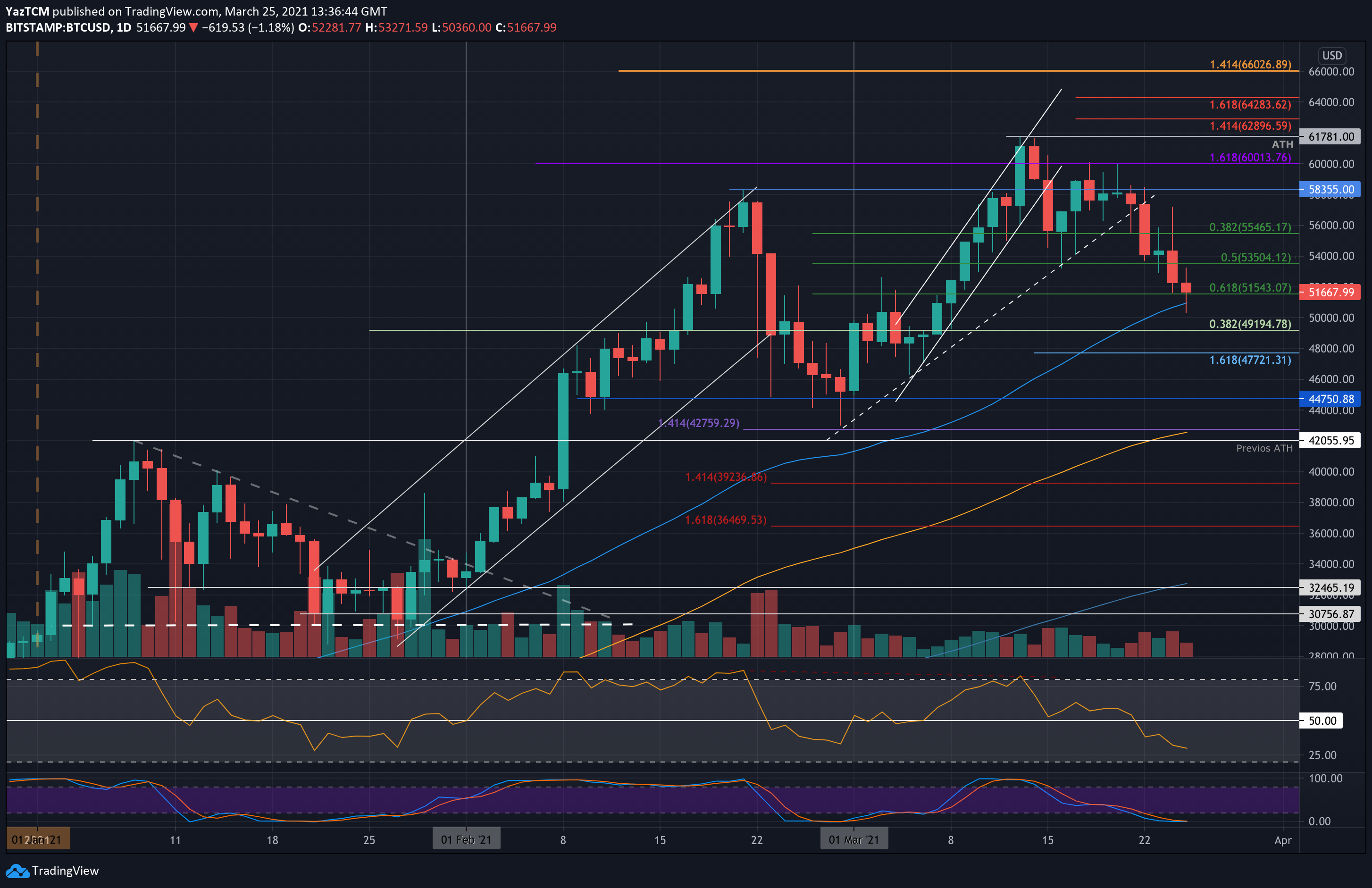Bitcoin Mining Difficulty Sees First Decrease in 2 Months
On-chain data shows that Bitcoin’s mining difficulty was lowered to 31.36 trillion hashes at a block height of 756,000.
Despite this, the Bitcoin ecosystem is still guarded by the most secure blockchain network.
- According to data from BTC.com, the Bitcoin mining difficulty adjustment decreased by approximately 2.3% on September 28th.
- The latest decline comes two weeks after the figures tapped an all-time high of 32.04 trillion hash after four consecutive increases.
- The price of the crypto-asset managed to surge past $20,000 yesterday, during which ensued a mass profit-taking session as certain sections of traders resorted to offloading their bags.
- The jump was short-lived as Bitcoin lost around 6% and was struggling below the psychological support level.
- Nevertheless, the asset’s mining activity appears to be thriving, with competition among miners continuing to amplify.
- Bitcoin’s hash rate remained at 220.75 EH/s hovering near its peak of 231 EH/s despite concerns about profitability.
- The rising hash rate also comes amid a heightened focus on Bitcoin’s carbon footprint. The power consumption criticisms have prompted a renewed effort to regulate the asset class.
- Existing miners are increasingly transitioning to renewable sources to stay in good books with regulatory agencies.
- According to a new study published by Cambridge Centre for Alternative Finance (CCAF), fossil fuels account for almost two-thirds of the total electricity mix used for Bitcoin mining (62.4%), whereas sustainable energy sources are 37.6% (of which 26.3% are renewables and 11.3% nuclear).
- Additionally, renewable energy sources in Bitcoin mining declined by nearly 30% % in 2021 from over 40% in 2020, which triggered the greenhouse gas emissions to increase by a whopping 63%.
The post Bitcoin Mining Difficulty Sees First Decrease in 2 Months appeared first on CryptoPotato.









